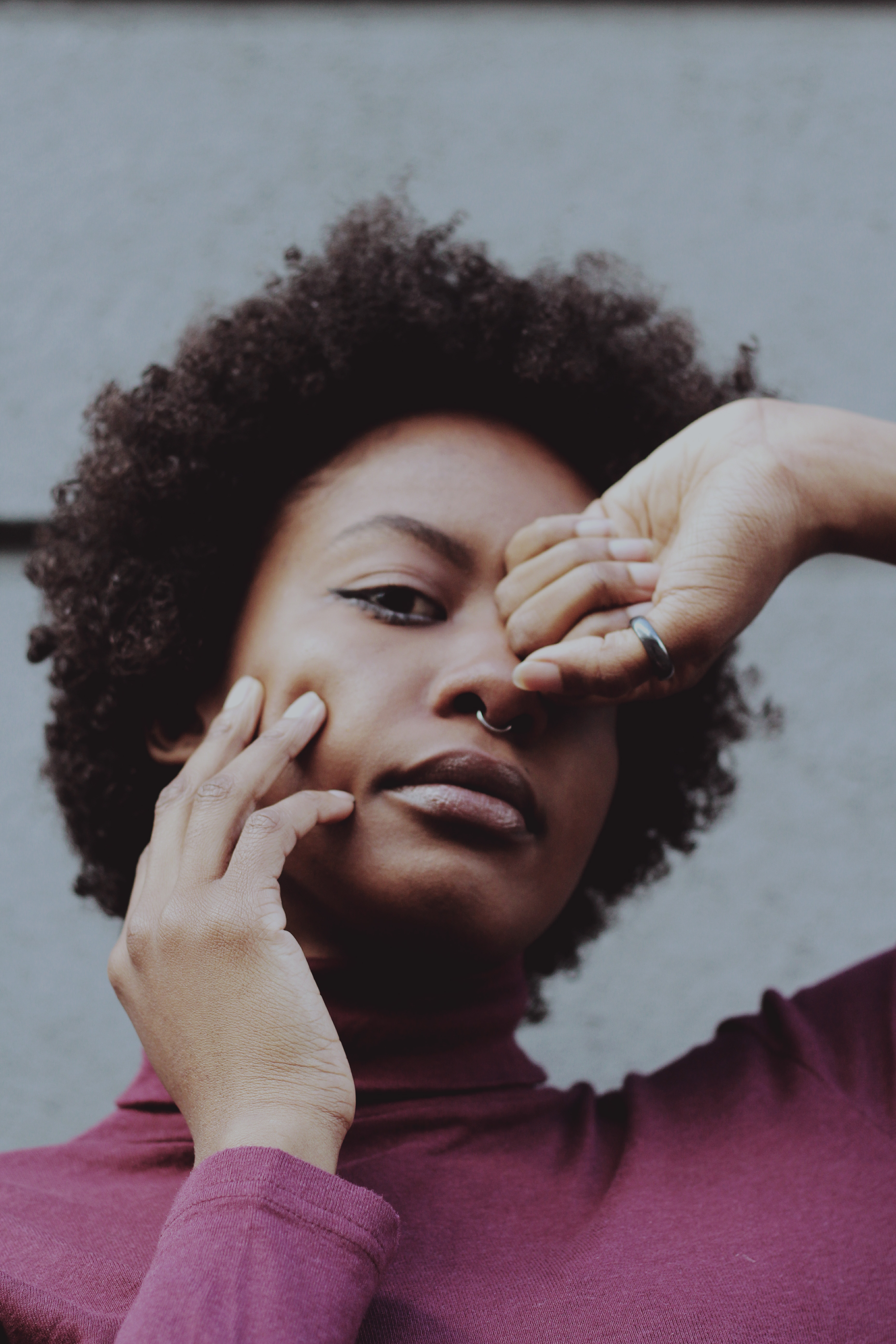Aubrey Graham, or ‘Drake,’ as he’s better known, is the unlikely sitcom actor turned rapper hailing from Canada that saw a steady rise to fame following a string of highly successful mixtapes in the mid-late 2000’s.
However, it was his first studio album ‘Thank Me Later,’ released under Cash Money Records that laid the foundations for the now 30-year-old rapper’s career, cementing his place firmly within the mainstream rap scene.
Since then, Drake’s music career has gone from strength to strength, continually topping charts and dominating the airwaves across both sides of the Atlantic and beyond.
The Toronto born star currently holds the record for the most songs simultaneously on the Billboard Hot 100, after managing to amass 24 hits on the coveted list; comfortably surpassing the now seemingly inconsequential 14 songs achieved by The Beatles back in the 60’s.
Despite undeniable triumphs within the rap game, it’s definitely not only the music that preserves Drake’s popularity and relevance. Over the years, the 6God has become quite the marmite artist, continually polarising popular opinion between those who argue he isn’t ‘real’ rap and those who believe he’s the future of modern hip-hop. Drake’s career has come to be defined by controversy; everything from the rapper’s eyebrows, dance moves and love life seem to be to be under the constant scrutiny of the masses.
However, in more recent times it hasn’t been his career that’s been stirring up a debate, but rather his involvement in other people’s. Following his guest performance with Skepta at Wireless festival in 2015, Drake and the BBK frontman’s friendship quickly became a hot topic on social media. The unlikely duo’s mutual love of one another’s craft has seen them collaborate on the remix of Wizkid’s ‘Ojuelegba’, pay homage to one another in various lyrics and even get each other’s logo’s permanently inked on their skin. In doing so, the two unwittingly established the most influential and provocative transatlantic, cross-genre co-sign in musical history.
At the time, Skepta was already a longstanding household name in the UK due to his contributions to grime over the years, a genre that had maintained a strong cult following despite the music still remaining largely underground. Drake’s recognition of his artistry was therefore not an act of charity but rather a dignified nod of approval from one musical maven to another.
Drake’s very public working relationship with Skepta inevitably sparked the interest of fans from across the pond, who came in their thousands, to find out what exactly a “Skepta” is. The two rapper’s partnership gave birth to what may well be the first real generation of American grime fans.
But this wasn’t Drake’s first co-sign of a fellow musician by a long stretch. Drizzy has been actively plugging other artists and their music by collaboration, on Beats1 Radio, on social media and even occasionally signing them to his label OVO Sound, all from as early as 2011. Unknown to many, Drake helped in spring-boarding the careers of artists like The Weeknd, Tinashe, DVSN, PartyNextDoor, Majid Jordan and even Chicago drill rappers Lil’ Bibby and Lil’ Herb.
It seems a thumbs up from the 6God and the coveted chance to share in his limelight can be just the luck a new artist needs to make their break in the industry, a co-sign from him is almost guaranteed to put you on the map once his giant fanbase takes heed. But despite these seemingly random acts of kindness, Drake did receive some online backlash from another fellow rapper and former Odd Future member Earl Sweatshirt, for posting a video on Instagram dancing to ‘SKRT’ by Florida based rapper Kodak Black.
Earl wrote a string of tweets expressing his concern over Drake’s latest musical discovery at the time, stating that he sees Drake as “a bit of a vulture” and didn’t want young Kodak to fall victim of it. He pointed out that the Toronto rapper’s actions didn’t always appear to be selfless but often “self-serving,” which is an opinion shared by many.
“The line between paying homage and wave riding is a blurry one.”
says Sweatshirt, and nobody seems to dance on that fine line quite like Drizzy does.
On one hand, some say he’s just got a keen ear for good music and that he uses his platform simply to give credit where credit is due, in regard to upcoming artists. On the other hand, others argue that Drake’s nothing more than a band-wagoner and culture vulture whose only real incentive is to be known as the person who ‘made’ them.
Regardless of which side of the fence you sit on in this great Drake debate, one thing is for sure – Drake is a modern day cultural curator. As long as his limelight continues to shine, it is certain that he will continue to have a significant impact on shaping popular culture both implicitly and explicitly. With such a vast and loyal fanbase, a dominating social media presence and the uncanny ability to keep himself a hot topic of conversation; whether we like it or not, Drake is here and he is here to stay.


Leave a comment